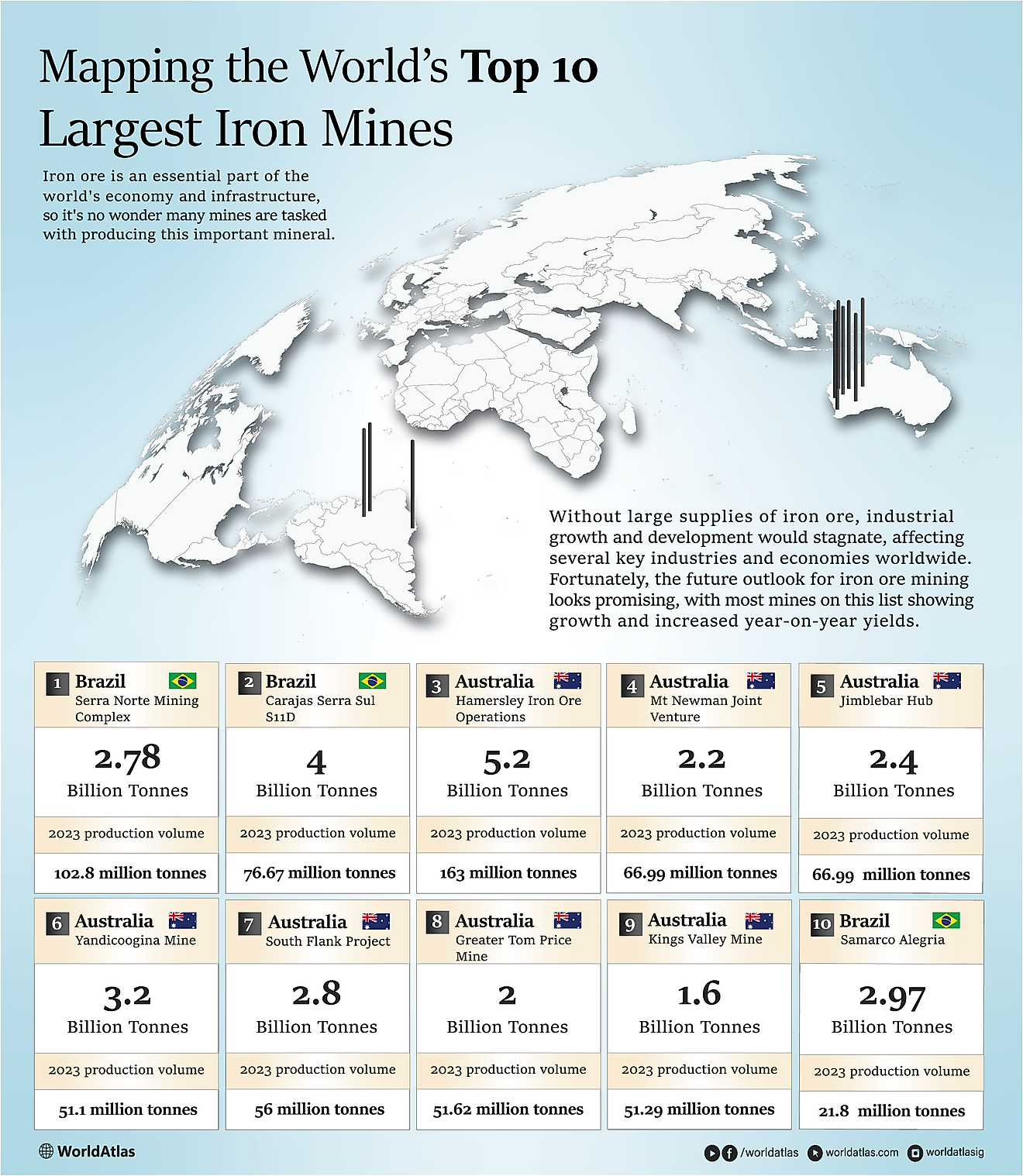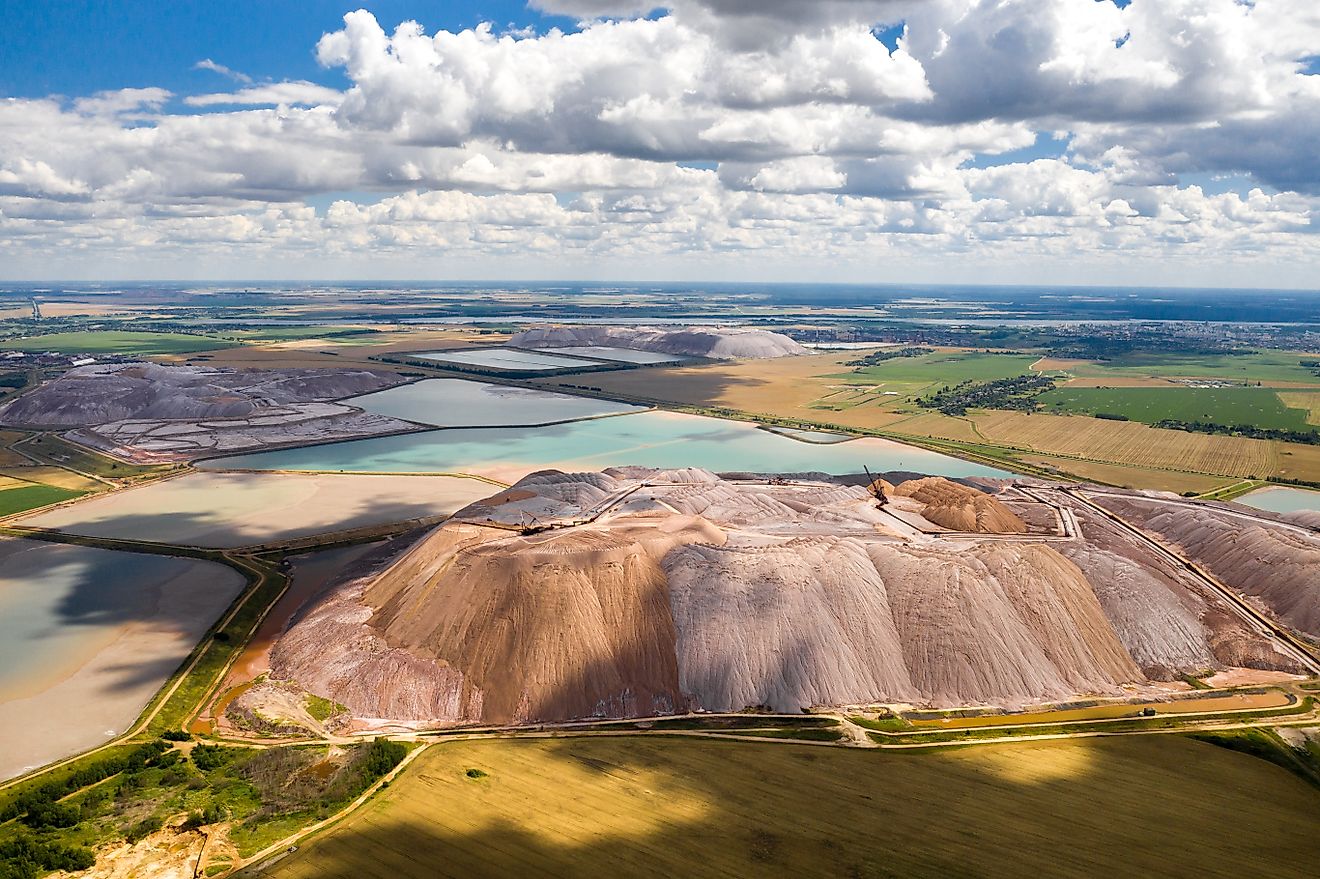What Is Macroeconomics?

Macroeconomics looks at the "big picture" of an entire economy as a whole, which is made up of the aggregate of the constituent components, instead of individual firms or markets. Macroeconomics forecasts national income by analyzing factors such as Gross Domestic Product (GDP), employment, deflation and inflation, and balance of payment position. It also deals with the fiscal and monetary policy tools that regulate the development or rather the condition of the economy. Macroeconomics revolves around economic development, key players that facilitate and determine the economy, and business cycles that bring into being recessions, inflation, and deflation, and how all of these factors relate to unemployment and employment.
Introduction to Macroeconomics
Macroeconomics deals with the performance, behavior, structure, and the decision-making process of an economy as a whole. It studies regional, national, and global economies. Macroeconomists study the aggregated indicators such as the GDP, national income, price indices, unemployment rates and how different sectors of the economy interrelate to understand the functions of the economy as a whole. They develop models explaining relationships among factors such as consumption, unemployment, inflation, national income, investment, savings, international trade, and finance. The study focuses mostly on the business cycle and determinants of the long-term economic growth. The discipline helps governments in developing and evaluating economic policies.
Economic Output
The output is the total income or the total value of final goods and services, the sum of all value added in an economy. As such the national output becomes the full amount of everything produced by a country at a given time. The Gross Domestic Product, GDP measures macroeconomic production. When studying economic growth, the economics study the long-run increases in output. Factors such as technology advancement, better education, and growth in the capital will drive the growth of the economy. However, growth that is not consistent in business cycles causes recessions.
Unemployment, Inflation, and Deflation
Macroeconomics is cannot be understood without grasping the concepts of unemployment and inflation. Unemployment reflects the total number of jobless people actively looking for jobs whereas inflation is the overall rise in prices of most goods and services.
Inflation erodes away the purchasing power of a monetary unit, whether it be the dollar, the euro, or the sterling pound. Inflation occurs when the economy of a country grows too quickly, while deflation can result from a declining economy. Economists measure the changes in price with price indexes. By using monetary policies, Central banks who manage the money supply of a country use monetary or fiscal policies to avoid variations in the price levels. Macroeconomics help in measuring the effect of inflation in a country’s economy and the standards of living by distinguishing the nominal income and real income, or some goods and services bought. The labor force is inclusive of both employed and unemployed, and there are those not working. The third aspect is the three types of unemployment, which are frictional employment, structural employment, and cyclical unemployment.
When relating inflation to unemployment, macroeconomists consider the following phenomenon. Suppose everyone received a job by tomorrow and he or she start earning and spending his or her income. Since the supply chain takes longer to get goods in the market, the situation fluctuates and the money chasing the goods is higher than the products available for sale. Consequently, unemployment will have to fall, and overall prices of good rise. In other words, a lower aggregate in supply causes inflation. On the other hand, a decrease in demand due to recession causes deflation in the economy.
Macroeconomic Policies
The government uses various strategies and tools to steer the economy towards full employment, economic growth, and price stability. Macroeconomic policies implemented are the fiscal and monetary policy. In the monetary policy, the central banks control the money supply through several mechanisms such as buying bonds to increase money supply, lowering interest rates, or having a contractionary monetary policy wherein banks sell bonds and take money out of circulation. In fiscal policy, the government uses revenues and expenditures including taxes and debts to influence the economy. For example, when the economy produces less than the potential output, idle resources are employed to boost the production, such as financing a project that employs people. Crowding out occurs when the fiscal policy replaces the private sector instead of increasing the economy output such as when interests rate rise and investment declines.
History of Macroeconomics
Macroeconomics date backs to the divided fields of monetary theory of the Sixteenth Century and the business cycle theory of the mid-19th Century. Early theorists believed that financial factors do not affect real factors, such as the actual output. In the real sense, early economists focused on a single element such as the monetary/fiscal policy or the effect of weather on the agricultural economy and failed to concentrate on the interplay of goods and services, and the sellers and buyers, such as in the cases of employment and unemployment, inflation and deflation, and outcomes and incomes. John Keynes criticized the classical theories, and he introduced economy as a whole aggregate instead of individuals. While explaining unemployment and recessions he noticed cash hoarding by people and businesses to avoid investments during a recession and invalidated the traditional belief that always markets clear leaving no active labor idle or excess goods. From Keynes' works, economists have studied economies more in depth, and today macroeconomics is a broad field concentrating on the general equilibrium of markets interplay.
Relevance of Macroeconomics
The business world of today is characterized by a global marketplace. The economy affects every living individual whether its work or business opportunities or buying and selling goods and services. The study of Macroeconomics gives us a clearer understanding of our economy, what makes it up, how it grows, and what cause it to contract. In a growing economy, people lead better lives while a failing economy is disastrous. The study provides the analysis of proper policy making and regulations so that a country can develop and nature the best economy possible.











